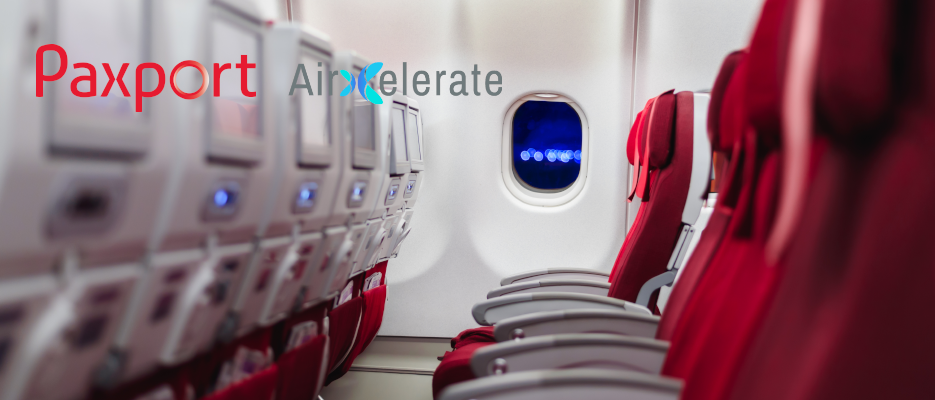Aviation is one of the most regulated sectors in the world, for good reasons, and the complexities within the regulations can be daunting. Paxport Group has worked with European airlines for thirty years and has helped them navigate the many and various complexities by designing technology to address specific needs.
One product we have developed in-house in response to the needs of our customers – PNRGOV.
PNRGOV automates the transfer of relevant data to authorities across Europe in a way which is compatible with the EU directive on passenger data management.
The product is run out of our Stockholm office. It is available as an add-on for users of our other products in our passenger management portfolio but can also be configured to work with third-party non-Paxport systems.
The main consideration is that airlines are responsible for the transfer of data to authorities, irrespective of where the passenger booked. For airlines whose business can be characterised as scheduled, this data can be sourced and sent from the GDS, because the details are held within the GDS because that’s where the PNR sits. The GDS can do the heavy lifting, at a cost, and send the data to the authorities for the airlines in the prescribed format at the prescribed time. Job done.
But when looking at charter airlines, or scheduled airlines which make some seats available to tour operators, a gap emerges – the booking details are not held by the airline but by the tour operator’s booking engine, but the airline is still responsible for transfer of information.
The penalties for non-compliance start with a fine but could in certain cases lead to operating licences being withdrawn or aircraft confiscated – unlikely but not impossible. This is because, while the directive is an EU initiative, the directive mandates that all member states incorporate the requirements within national law. Different member states might take a different approach to enforcement, although the official documentation insists that the fines be “effective, proportionate and dissuasive.”
The application of an EU-wide directive at a national level adds another layer of complexity to the transfer of data.
The directive has led to each member state having its own “Passenger Information Unit” as the designated and exclusive collector of the data. The PIU distributes the information to the relevant national authorities.
This means an airline (or the partner they’ve outsourced this to) has to make 27 different connections to different systems using different approaches and with a different approach to integration.
The national application of an EU wide directive has other implications. Most PIUs request two-three data pushes – usually 48-24 hours before departure which often comes from the passenger management systems and another one after all passengers have boarded which comes from the DCS. But the directive also demands that all the data comes into a member state’s PIU from the same source.
Again, for GDS-based scheduled airlines this is relatively straightforward because the data come from different parts of the same business.
Paxport works with charter airlines and takes responsibility for being the approved source. We take ownership of managing the technical connections as well as the face-to-face conversations with PIU staff ahead of the integrations.
For our customers we can pull the data from the passenger management system for the first data push, and then convert the data that we source from the ground handlers and/or the DCS so that it can be overlaid onto the data already sent. For PNRGov users who are not within the Paxport ecosystem, we can convert the data from whatever system they use into the format required by the PIUs.
An EU-wide directive which gives member states the chance to personalise the directive for their own needs is complicated enough. But there is yet another layer to consider for European airlines who fly to destinations outside the EU. Post-Brexit this includes the UK.
Within the directive there are many protocols in place for the transfer of data required under the EU directive to countries which are not bound by this specific legislation. Charter airlines are less exposed to this than scheduled because passengers on a charter flight tend to be citizens of one nation. Scheduled airlines potentially have more nationalities on board, and this is another area of passenger data management where a GDS can leverage its scale and raise some revenue for itself by helping its airline clients.
Airlines operating in Europe have no choice when it comes to rules around the transfer of passenger data. For many carriers, complying with the rules is embedded into the commercial terms of their GDS contract. For others, the choice is limited to either bring the responsibility, cost and pressure of complying in-house, or find a partner with the experience and expertise to manage this process seamlessly. Paxport Group is ideally placed to be the partner – get in touch with us HERE to find out more.






